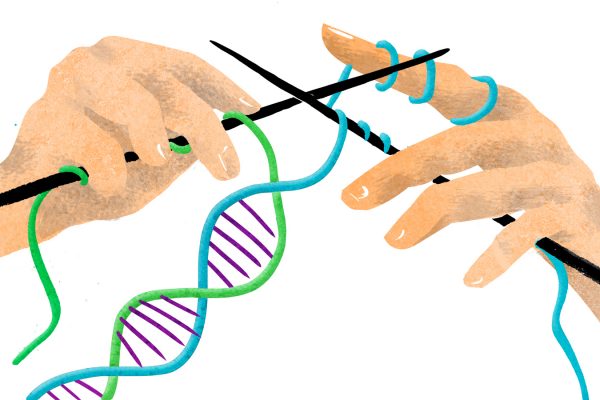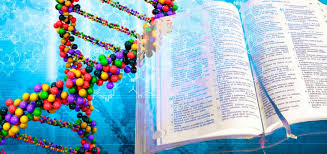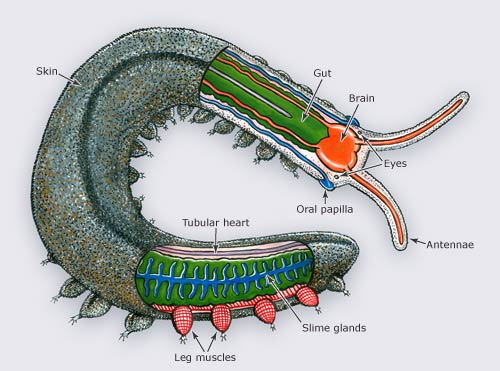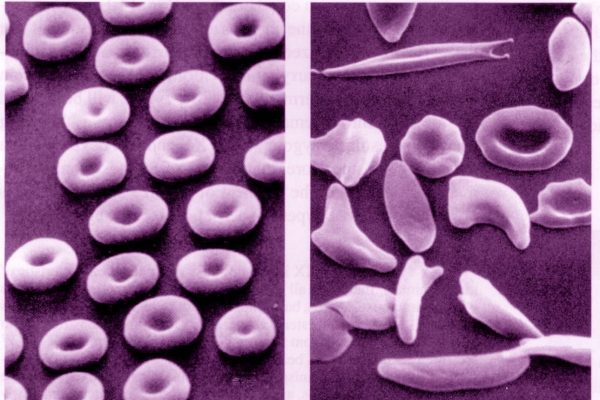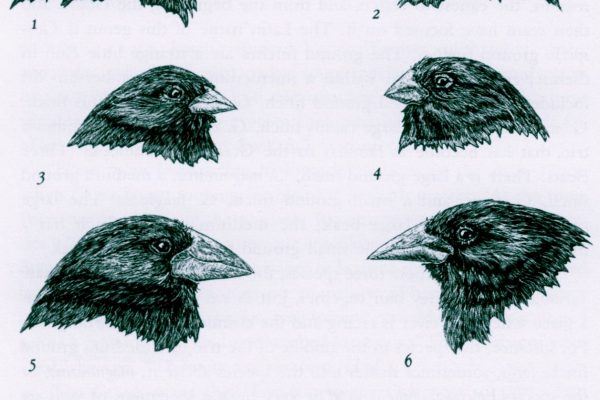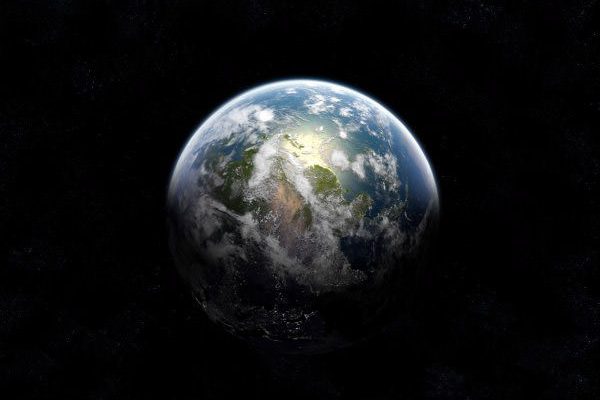Major Twentieth Century Theories of Evolution: The Neo-Darwinian Synthesis and Punctuated Equilibrium
by Richard Peachey The two modern theories differ over the tempo (timing) and mode (mechanism) of evolution. Natural selection is of primary importance for Neo-Darwinists, but not for those who hold to Punctuated Equilibrium. The two views also disagree on the relationship of macroevolution to microevolution. 1. The Neo-Darwinian Synthesis
Can Scientists Create “Life” in a Test Tube?
by Richard Peachey In what many consider to be a classical “origin of life” experiment, Stanley Miller synthesized some amino acids (building blocks of proteins) from a circulating mixture of gases hypothesized to represent Earth’s primordial atmosphere. Miller used an electrical spark to simulate a lightning-like energy source. Although this
Darwin’s Use of Lamarck’s “Laws”
by Richard Peachey The French scientist Jean-Baptiste de Lamarck (1744-1829) is noted for two “laws” which summarize his evolutionary thought: (1) The Law of Use and Disuse — The parts of an organism’s body that are used become more developed; parts that are not used become smaller and may disappear.
Mistaken Microfossils! (And Other Erroneous Evidence of Early Earthlife)
by Richard Peachey BEFORE 2002: When evolutionists discussed life on the early Earth, they could point with confidence to a variety of apparently well-documented evidence from several locations around the globe (Australia, Greenland, South Africa). TODAY: Every piece of alleged evidence has now been thrown into doubt, and the field
How a Literal Understanding of Genesis Promoted the Rise of Modern Science!
In this article, a non-creationist historian of science describes how a literal understanding of Genesis, as favoured by the Protestant Reformers, actually promoted rather than hindered the rise of modern science! All quotations are from Peter Harrison. 1998. The Bible, Protestantism, and the rise of natural science. Cambridge, U.K.: Cambridge
What is the Most Serious Problem for All Evolutionary “Origin of Life” Theories?
by George Wald, Harvard biologist and Nobel laureate (Scientific American, Aug 1954, pp. 44, 49-50) “In the vast majority of the processes in which we are interested the point of equilibrium lies far over toward the side of dissolution. That is to say, spontaneous dissolution is much more probable, and
Is Peripatus a Valid Evolutionary Intermediate?
by Richard Peachey Peripatus is an organism classified within the phylum Onychophora, a group known as “velvet worms” or “onychophorans” (meaning “claw-bearers”). These animals live mostly in humid forests, especially in the tropics. They hide by day under rotting logs and in leaf litter, and hunt for prey at night.
Sickle-Cell Anemia: Example of a “Beneficial Mutation”?
by Richard Peachey What is Sickle-Cell Anemia? Sickle-cell anemia is a genetic disease common to persons of West and Central African ancestry. It is characterized by severe anemia with symptoms of pallor, muscle cramps, weakness, and susceptibility to fatigue. Additional symptoms include heart enlargement, brain cell atrophy, and severe pain
The Galápagos Finches: Prime Example of Evolution?
by Richard Peachey 1. INTRODUCTION: THE FAMOUS FINCHES The Galápagos Islands are home to a famous group of birds called “Darwin’s finches.” Most taxonomists view these finches as belonging to thirteen separate species within four (or three) genera of a single family (or subfamily). All of the Galápagos finches are
Planet Earth — A Well-Designed Place to Live!
by Richard Peachey “The highest heavens belong to the LORD, but the earth he has given to men.” (Psalm 115:16) “In the 15 years since the discovery of the first planet around a star other than our Sun, we have found more than 400 such exoplanets — but there is


